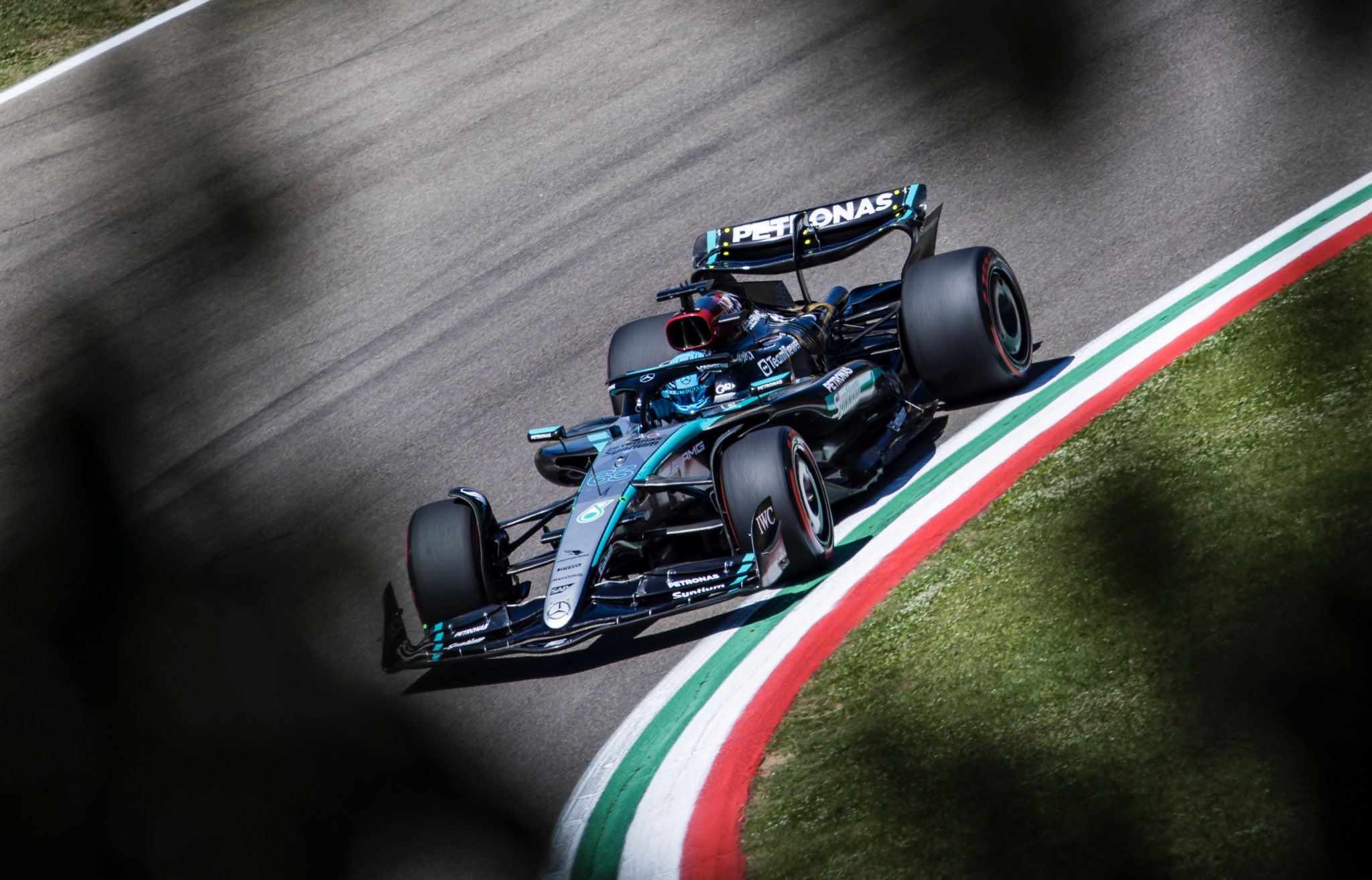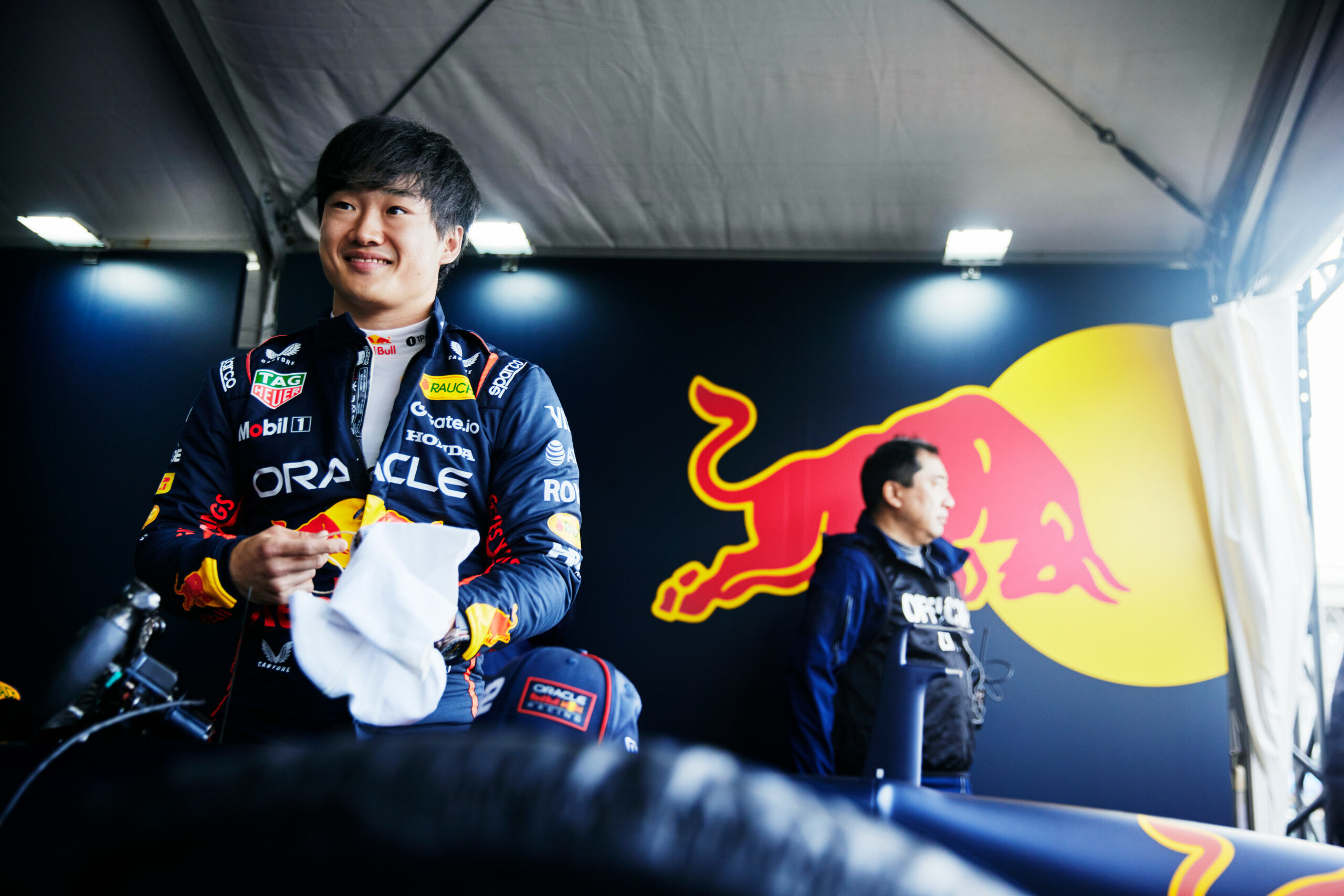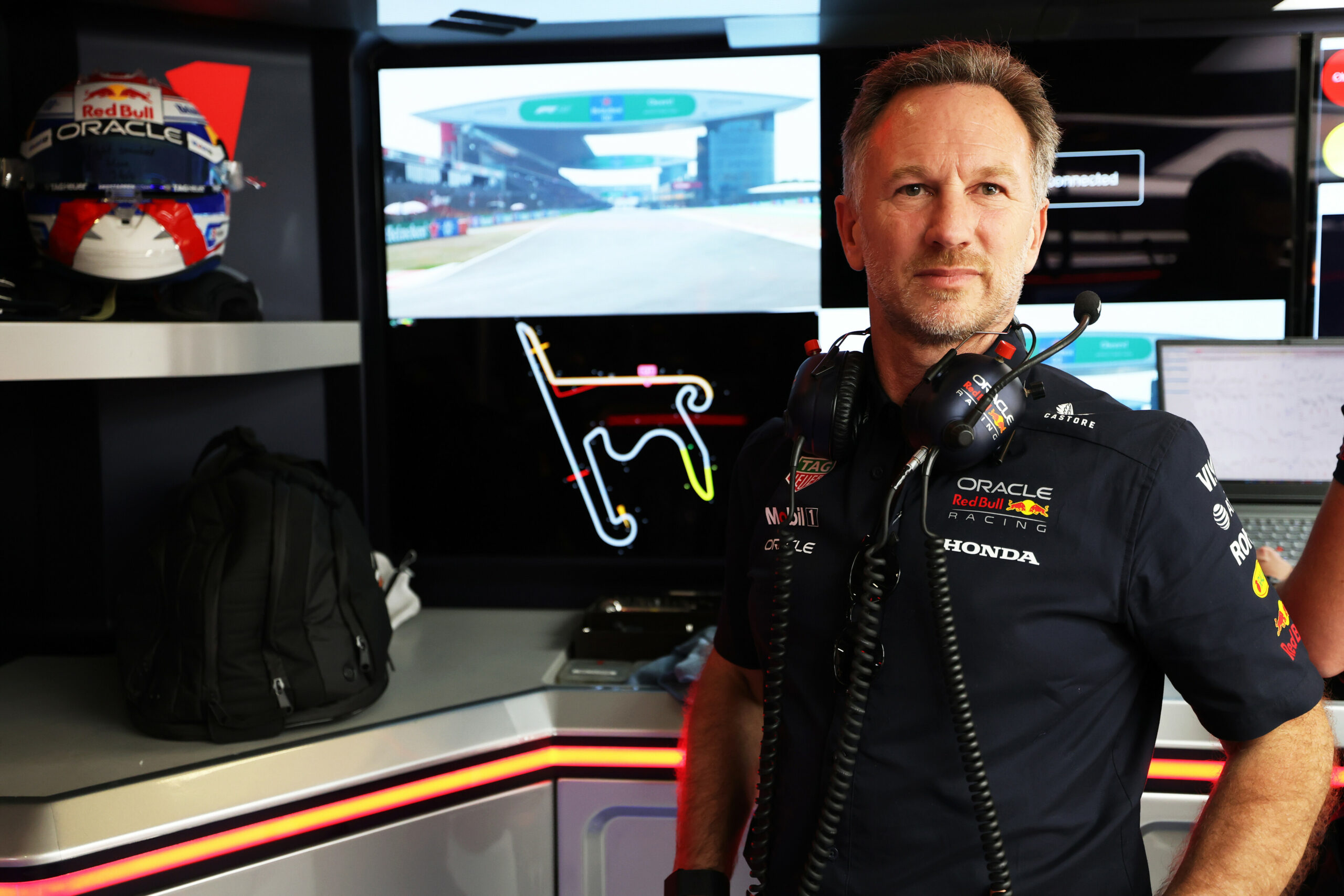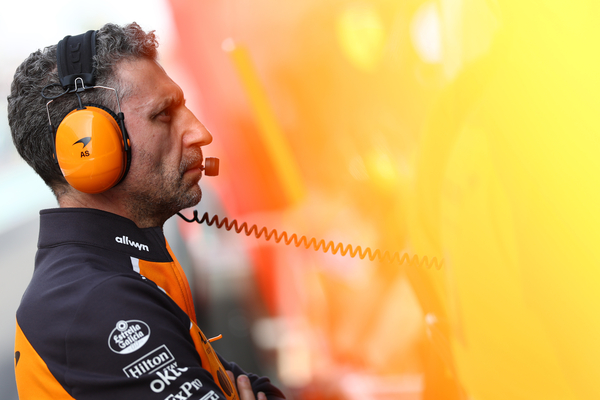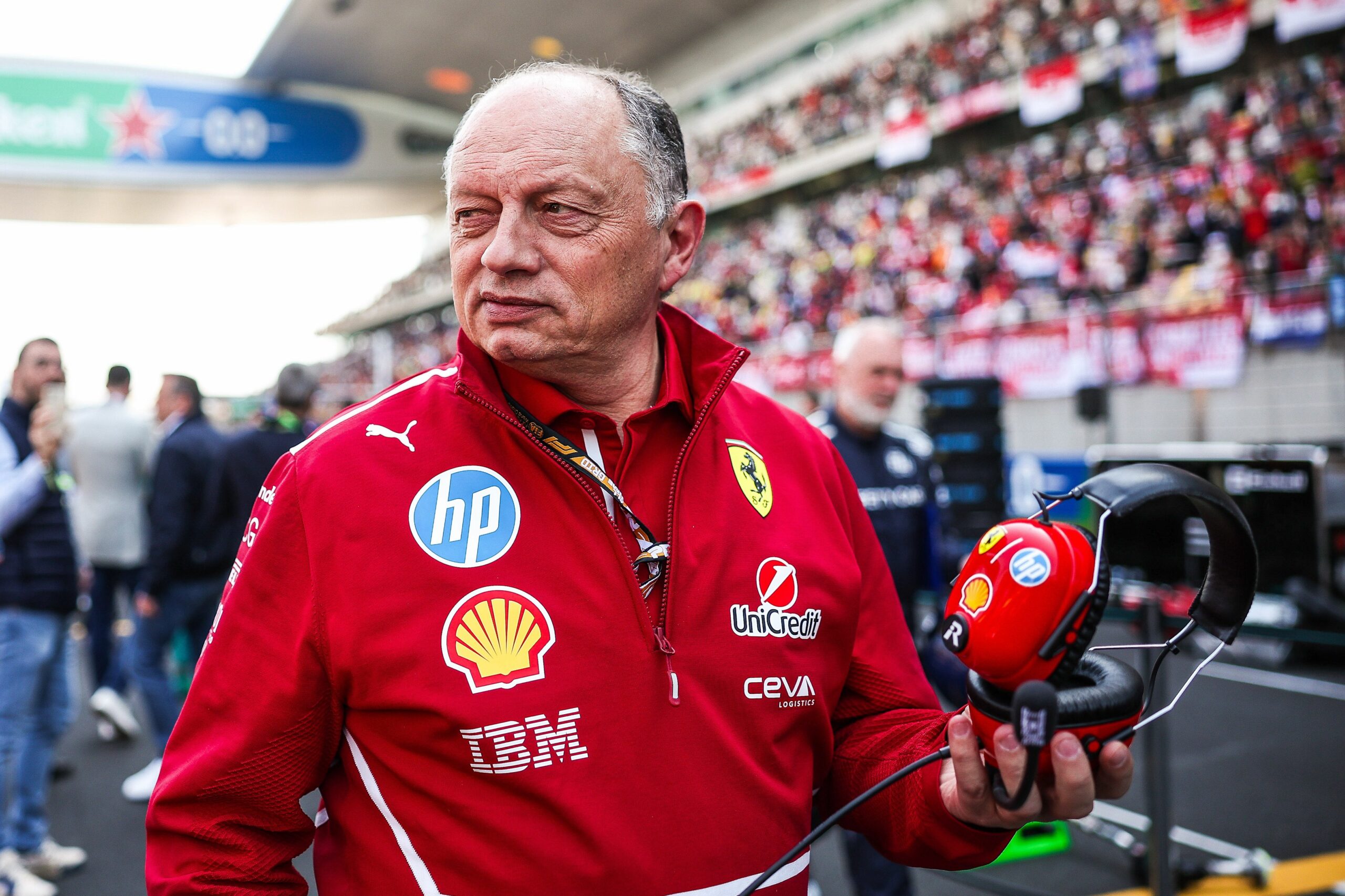George Russell was running in a comfortable sixth place just a few laps out from the chequered flag at the 2024 F1 Emilia Romagna GP, but a late pit stop dropped the Briton behind his seven-time world champion team-mate Lewis Hamilton, as he eventually finished seventh.
Although Russell was able to secure the bonus point for the fastest lap due to his late stop, there were no obvious reasons at the time as to why Mercedes only stopped one car when both had a pit stop in hand over their nearest rival in the form of Sergio Perez’s anonymous P8 in a car that won the race in the hands of Max Verstappen.
There were some un-broadcasted conversations on the radio between Russell and his race engineer Marcus Dudley a lap before he made his final stop, which indicated that the winner of the 2022 São Paulo GP wasn’t overly happy to lose a position to his team-mate in the latter stages of the race, after performing better throughout the weekend, generally.
RADIO TRANSCRIPT: Lap 51
Marcus Dudley: “So George would you be happy with stopping if we lost a position to Lewis? The [pit] window to Perez currently is still open.”
George Russell: “Yeah, I don’t mind. But then we’ll do a switch at the end or what are you intending to do?”
MD: “Negative, negative.”
GR: “But why would we box? I don’t get that.”
MD: “We are just concerned on getting these tyres to the end. [It’s] up to you.”
GR: “I don’t want to concede a position for no reason.”
MD: “Stay out.”
Russell was clearly unhappy with conceding his hard-earned P6, but a call a lap later came from the pit lane for him to box, to which he obeyed but didn’t reply anything.
Lap 52:
MD: “So box, box, we are coming in before we lose the window to Perez. Box, box and pit confirm.”
Speaking after the race in Imola, Mercedes team principal and CEO Toto Wolff explained the reasoning behind the call – that came with just 11 laps remaining of the 63-lap race – was solely to do with tyre age and safety concerns of getting to the end pf the race in a safe manner with the hard tyres Russell had been on since lap 21, that were six laps older than Hamilton, who stopped on lap 27:
“Well, we haven’t spoken [about it yet], but it was [that] his lap times were getting slower and slower, and our wear forecast at that time was saying he’s not going to make it to the end. We didn’t want to lose the position to [Sergio] Perez, so that was the call.
“The wear forecast said it was just three or four laps short to make it [to the end].”
A quick look at the lap times between lap 37 and lap 51 show Wolff’s comments are backed up by the data, as Russell started to lap on average over three-and-a-half tenths slower per lap than Hamilton. The gap at the end of the last lap before Russell pitted was 4.1s.

“Lewis would have probably taken him anyway [with the pace he had], but the point being that you know we are we are racing for P6 and P7 and we just at least wanted to keep that Red Bull behind, so it was a safety call.
“I think taking the point for the fastest lap was a little goody, but the lap times were dropping off because we pitted him early, and there was the risk to lose the position a few laps later to Perez.
“And the only, let’s say, beating one of the Red Bulls in these circumstances was advantageous.
“And the wear life at that moment at lap 57, the tyres are gone and melted, and that’s why we made the call.”

